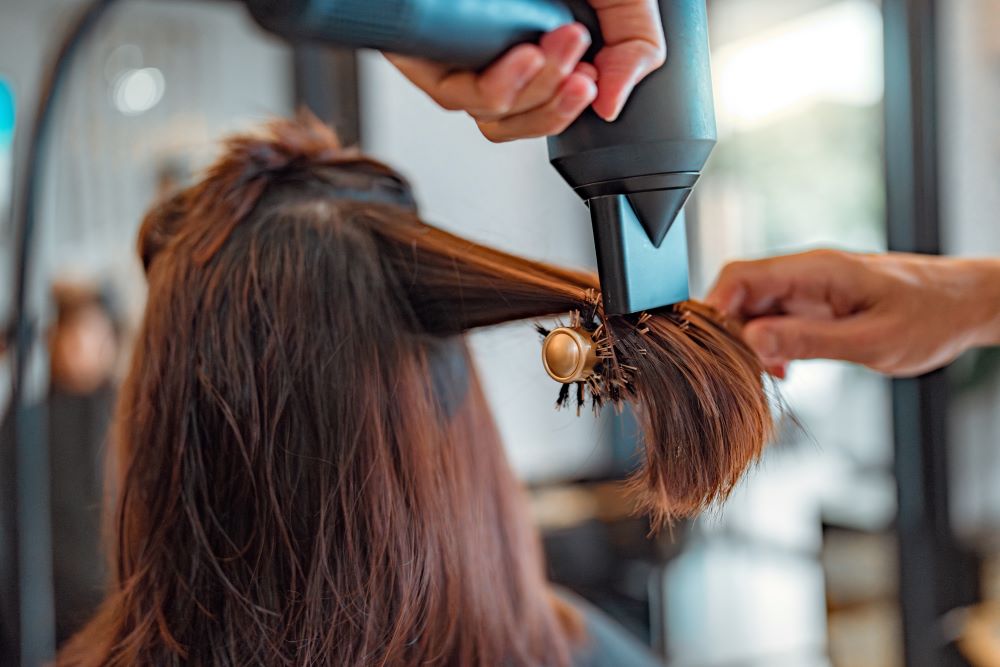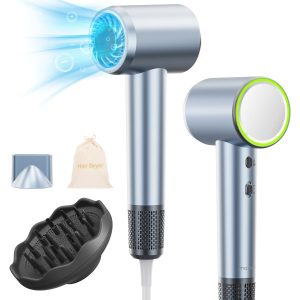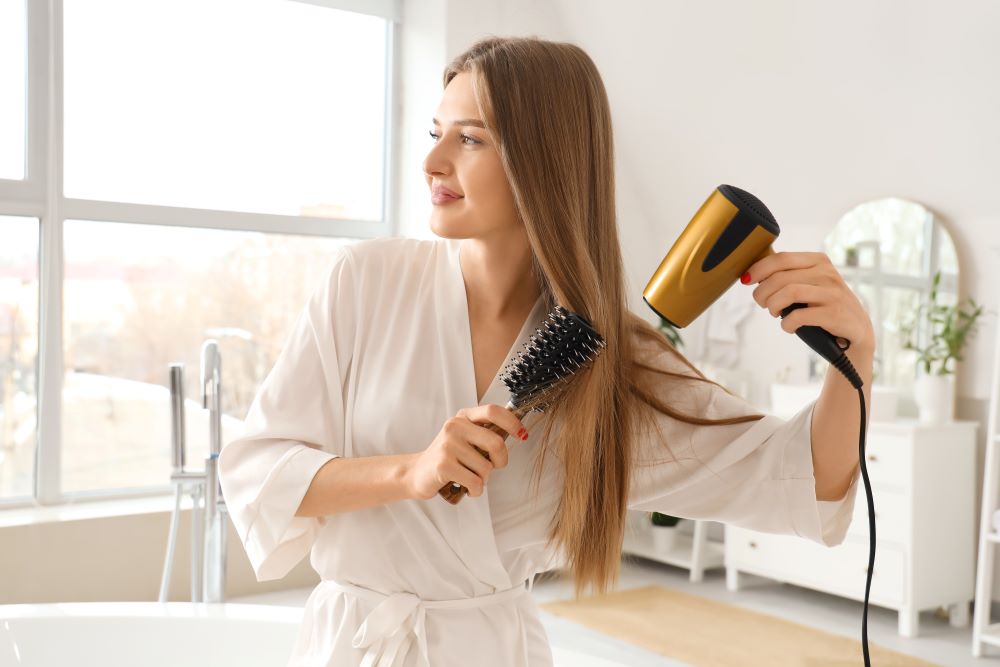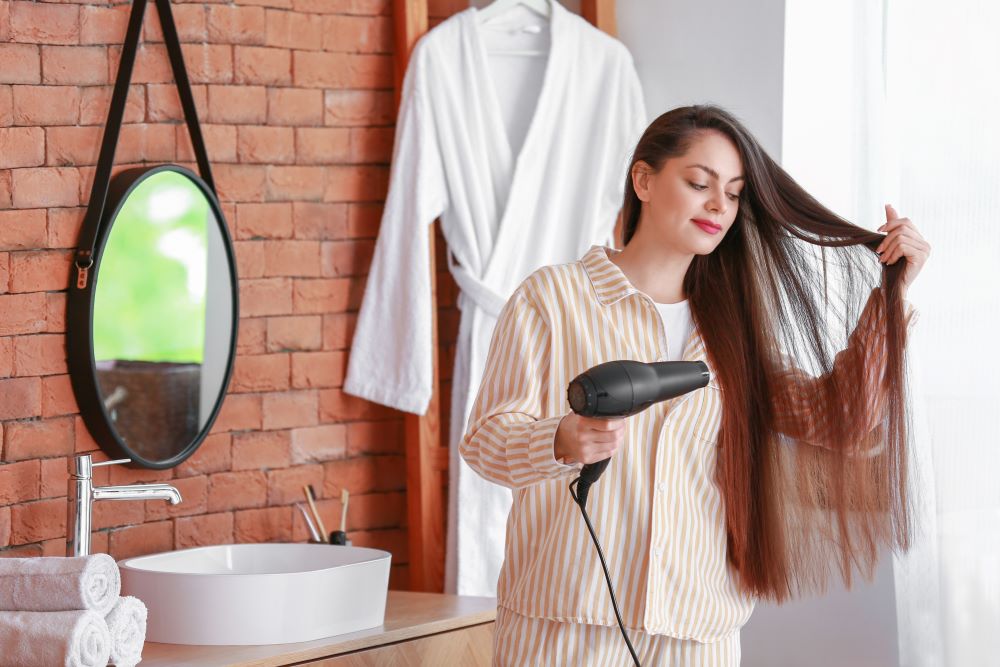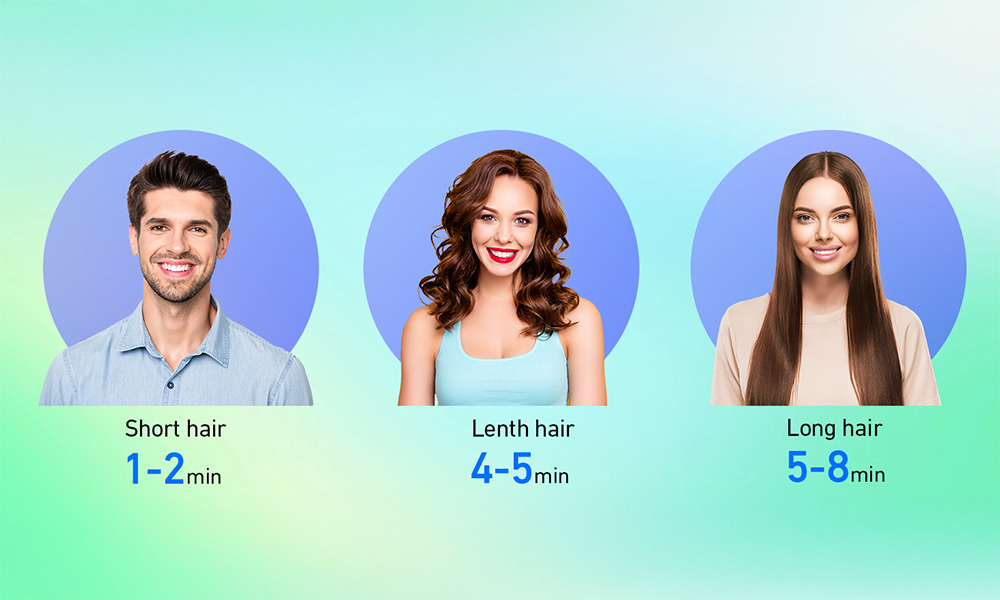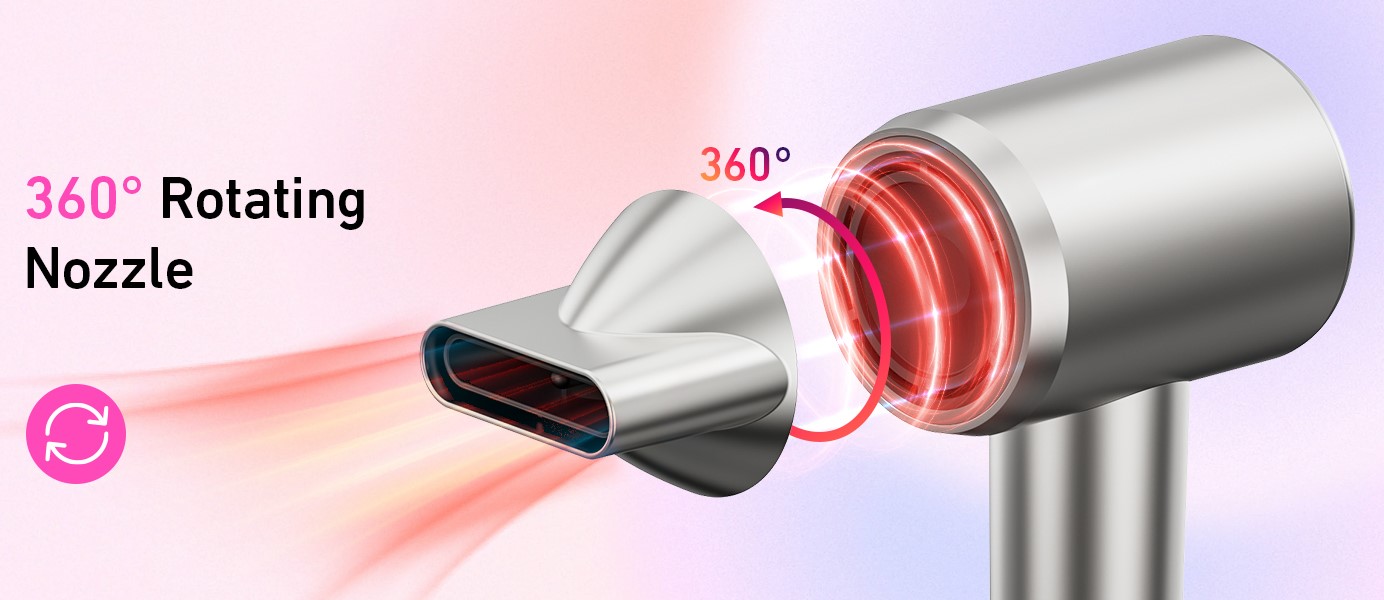
- Home
- Hair Dryer
- Best Picks
- Turning Down the Noise: Exploring Hair Dryer Decibels
Turning Down the Noise: Exploring Hair Dryer Decibels
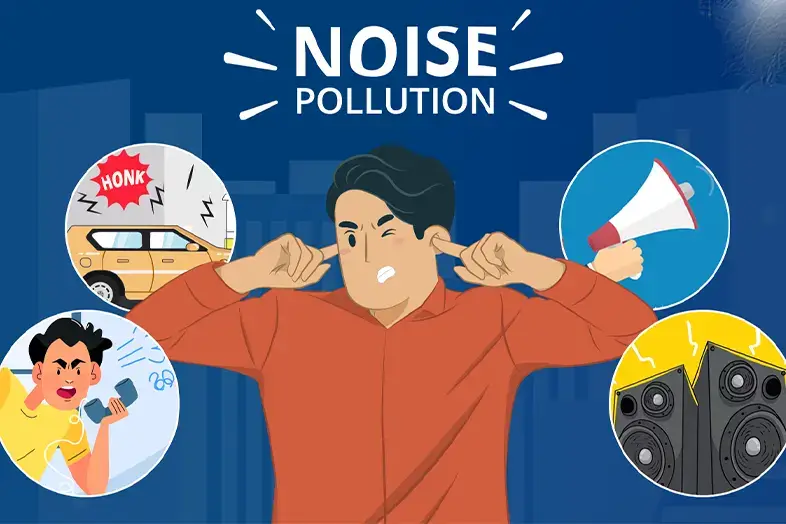
In the hustle and bustle of modern life, the quest for quiet has become a paramount concern for many. Amidst the cacophony of urban living, household appliances, such as hair dryers, contribute significantly to the ambient noise that punctuates our daily routines. This noise isn’t merely a backdrop to our lives; it has profound implications for our well-being and health. Understanding the importance of noise levels in our daily environments is the first step towards cultivating a serene and peaceful living space.
A decibel (dB) is the unit used to measure the intensity of sound, with the scale ranging from the faintest sound the human ear can detect, typically around 0 dB, to over 120 dB, the level at which sound becomes physically painful. This brief overview aims to demystify decibel levels and underscore their significance in safeguarding our auditory health, setting the stage for a deeper exploration of how everyday appliances, like hair dryers, impact our pursuit of tranquility.

Chapter 1: The Science of Sound
Decibels Explained: Understanding How Sound is Measured
Sound travels through the air as waves, and decibels provide a quantitative measure of these waves’ intensity. The decibel scale is logarithmic, meaning that a jump from 10 dB to 20 dB is not merely twice as loud but ten times more intense. This measure helps us comprehend the vast range of sounds our ears can perceive, from the whisper of leaves to the roar of a jet engine.
How Hair Dryers Contribute to Ambient Noise
Hair dryers are a ubiquitous household tool, yet their contribution to noise pollution is often overlooked. Typically, hair dryers operate within the range of 70 to 90 dB, a level that can overshadow conversation and contribute to a stressful environment. By understanding the mechanics of sound production in hair dryers, we can begin to appreciate the significance of choosing quieter models for a more harmonious home life.
Chapter 2: The Impact of Noise on Health
The Hidden Health Effects of Regular Exposure to High Decibel Levels
Prolonged exposure to high decibel levels is not merely an annoyance; it poses real threats to our health. Beyond the immediate risk of hearing damage, consistent exposure to loud noise can lead to increased stress levels, sleep disturbances, and even cardiovascular issues. This chapter delves into the insidious nature of noise pollution and its far-reaching effects on our physical and mental well-being.
Noise Pollution: Not Just an Outdoor Problem
While urban environments are typically associated with noise pollution, the interiors of our homes can also become hotspots for harmful noise levels. Appliances, entertainment systems, and even high-traffic household activities contribute to an elevated noise floor, disrupting the tranquility of our personal spaces. Acknowledging noise pollution as an indoor issue is crucial in taking steps towards mitigating its impact.
Chapter 3: Evaluating Hair Dryers
The Anatomy of a Hair Dryer: What Makes Them Loud?
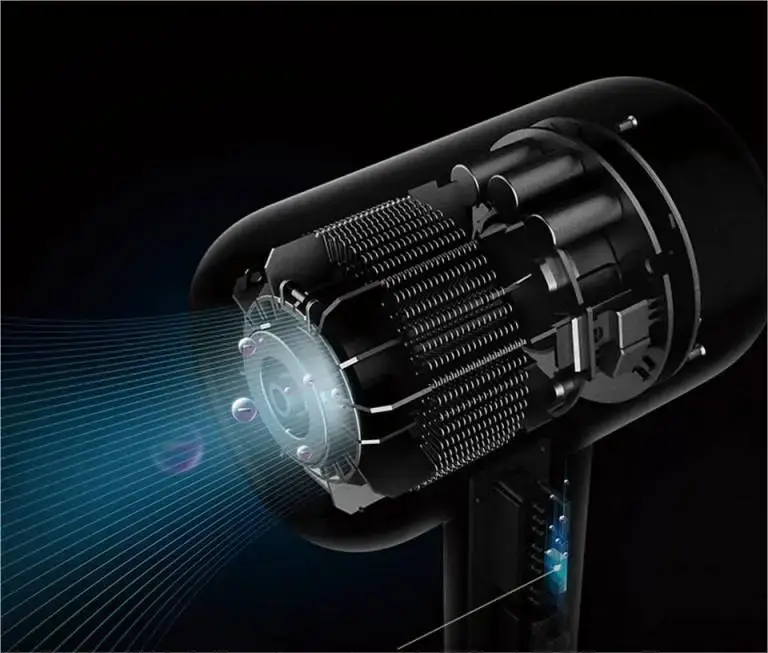
The loudness of a hair dryer is influenced by its design, including the motor, the fan, and how air is expelled. Understanding these components sheds light on why some models are noisier than others and highlights potential areas for noise reduction through design innovations.
Breaking Down Decibel Levels: The Quietest and Loudest Models on the Market
With a growing consumer demand for quieter appliances, manufacturers have begun to design hair dryers that prioritize low noise levels without compromising on performance. This section compares the decibel levels of various models, providing insights into the quietest and loudest hair dryers available, and guiding consumers towards making more informed purchasing decisions that align with their quest for a quieter life.
Chapter 4: Innovative Solutions for Quieter Mornings
Technological Advances in Reducing Hair Dryer Noise
In the quest for quieter mornings, the beauty industry has made significant strides in reducing hair dryer noise without compromising on performance. Manufacturers have begun to integrate innovative technologies, such as brushless motors, which not only extend the life of the hair dryer but also operate at a lower decibel level. Another advancement is the use of acoustic dampening materials within the body of the hair dryer, which absorb vibration and sound before they can escape into the environment. Additionally, the redesign of internal components, such as the fan and air flow channels, has been shown to minimize noise output significantly. These technological enhancements not only contribute to a more pleasant morning routine but also reduce the risk of hearing damage over time.
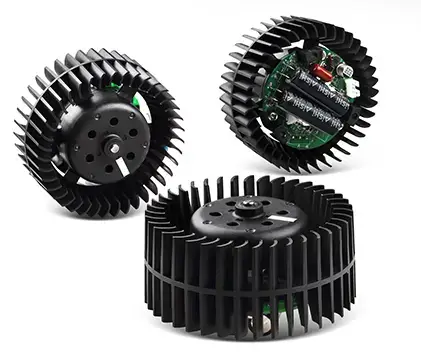
How to Choose a Low-Noise Hair Dryer: Features to Look For
Selecting a low-noise hair dryer involves more than just checking the decibel rating. Look for hair dryers with multiple speed and heat settings, as lower speeds tend to produce less noise. A model with a brushless motor is also a good choice, as these motors are quieter and more energy-efficient. Additionally, seek out hair dryers that highlight noise reduction technology or materials in their design—manufacturers often advertise these features prominently. Don’t overlook the shape and size of the hair dryer; more ergonomic designs can also contribute to reduced noise by improving airflow efficiency. Finally, reading reviews and watching demonstration videos can provide insight into the real-world noise level of the hair dryer.
Chapter 5: Beyond Hair Dryers: Reducing Household Noise
Strategies for Minimizing Overall Noise in Your Living Spaces
Reducing household noise creates a more serene and stress-free environment. Begin by identifying sources of unwanted noise, such as appliances, electronics, and external factors like traffic. Consider incorporating soft materials into your decor, such as rugs, curtains, and upholstered furniture, which absorb sound. For electronics and appliances, opt for models designed with noise reduction in mind. Regular maintenance of household systems (like HVAC) can also prevent noise from mechanical issues. Additionally, strategically placing plants and bookshelves against walls can serve as natural sound barriers, reducing noise transmission between rooms.
Noise-Canceling Technology and Soundproofing Techniques for the Home
Advancements in noise-canceling technology have made it possible to actively counteract unwanted sound waves, leading to products like noise-canceling headphones and window inserts that can significantly reduce external noise intrusion. For a more comprehensive solution, soundproofing techniques such as adding mass-loaded vinyl to walls, sealing gaps around doors and windows, and installing double-pane windows can dramatically reduce the transmission of sounds into and out of a room. While some soundproofing solutions can be implemented without professional help, more complex projects may benefit from the expertise of a soundproofing specialist.
Chapter 6: Your Role in Turning Down the Volume
Simple Habits to Reduce Noise Pollution in Your Daily Life

Every individual has the power to contribute to a quieter environment. Simple habits such as lowering the volume on electronic devices, using headphones in shared spaces, and being mindful of the noise you create during early or late hours can make a significant difference. Embrace quieter activities in daily routines, like reading or yoga, to promote a more peaceful atmosphere at home. When using appliances that generate a lot of noise, try to do so during times when it will cause the least disturbance to others.
Creating a Quieter World Starts at Home: Tips and Tricks
Creating a quieter world does indeed start at home. One effective strategy is to designate “quiet zones” or times where electronic devices are turned off or used minimally. Encouraging family members to use their indoor voices and to be aware of the noise they make contributes to a calmer home environment. On a community level, advocating for noise regulations, supporting initiatives that promote quiet areas, and participating in community noise reduction programs can extend the benefits of your efforts beyond your immediate surroundings. Sharing your knowledge and practices with friends, family, and neighbors can inspire others to join in reducing noise pollution, creating ripple effects throughout your community.
Chapter 7: maxodo High-Speed Brushless Hair Dryer
In our exploration of quieter hair care options, the maxodo high-speed brushless hair dryer stands out, boasting an impressively low operational noise level of less than 60 decibels. This innovation represents a significant step forward in the quest for quieter personal appliances, marrying high-efficiency drying capabilities with a reduced auditory footprint. Engineered with advanced brushless motor technology, this hair dryer not only minimizes noise pollution in your daily routine but also offers a longer lifespan and faster drying times compared to its traditional counterparts. Its quiet operation makes it a perfect choice for early mornings and shared living spaces, ensuring that your hair styling routine doesn’t have to come at the expense of peace and tranquility.
Conclusion: Embracing the Sound of Silence
The Benefits of Lowering Noise Levels in Our Lives
In our fast-paced, constantly connected world, the quest for silence has become more crucial than ever. Reducing noise levels in our daily environments can lead to a multitude of benefits, impacting both our physical and mental health positively. Lower noise levels contribute to reduced stress, improved concentration, and better sleep quality. The sound of silence, or at least a quieter backdrop, allows our minds to rest, recharge, and rejuvenate, leading to increased productivity, creativity, and overall well-being.
Moreover, embracing lower noise levels can enhance our auditory health, reducing the risk of hearing damage over time. It also fosters a more serene and peaceful environment, promoting a sense of calmness and well-being. In families, quieter environments can improve communication and bonding, as members are not forced to compete with background noise during interactions.
Call to Action: Making Conscious Choices for a Quieter, Healthier Environment
We have the power to shape our acoustic environments, making conscious choices to turn down the volume and embrace the sound of silence. Start by assessing the noise levels of appliances and devices in your home, opting for quieter alternatives when available. Pay attention to the noise pollution you contribute to, both indoors and outdoors, and take steps to minimize it. This can be as simple as choosing to use earphones at a reasonable volume, closing windows during high-traffic periods, or investing in soundproofing solutions for your home.
Supporting companies and products that prioritize low-noise operation can also drive the market towards quieter solutions, making it easier for everyone to find options that contribute to a healthier soundscape. Moreover, advocating for noise regulation policies in your community can help address larger-scale noise pollution issues, benefiting everyone in your area.
Appendix: Resources and Tools
A Guide to Decibel-Measuring Apps for Your Smartphone
Understanding and controlling the noise level around us starts with the ability to measure it. Several smartphone apps have been developed to help users gauge noise levels in their environment effectively. Apps like Decibel X, Sound Meter, and NIOSH Sound Level Meter provide accurate readings, helping users make informed decisions about their auditory environment. These apps can be particularly useful in identifying unexpectedly loud sources of noise in your home or workplace, allowing you to take corrective action.
Directory of Quiet Hair Dryers and Where to Find Them
For those looking to replace or purchase a new hair dryer with a focus on reducing noise, we’ve compiled a directory of the quietest hair dryers available in the market. This list includes models from leading brands that have incorporated advanced technology to minimize sound output without compromising on performance.
Dyson Supersonic Hair Dryer: Known for its innovative design, the Dyson Supersonic reduces air turbulence, and with it, the noise.
Panasonic Low-Noise IONITY Hair Dryer: Utilizes ion technology and a specially designed silent operation mode.
Parlux Advance Light: Combines power with a built-in silencer to make morning routines quieter.
T3 Micro Featherweight: This dryer offers a blend of style, power, and quieter operation for those seeking efficiency and low noise
Popular Post

Ultimate Guide to Using a Hair Dryer with Nozzle for Styling
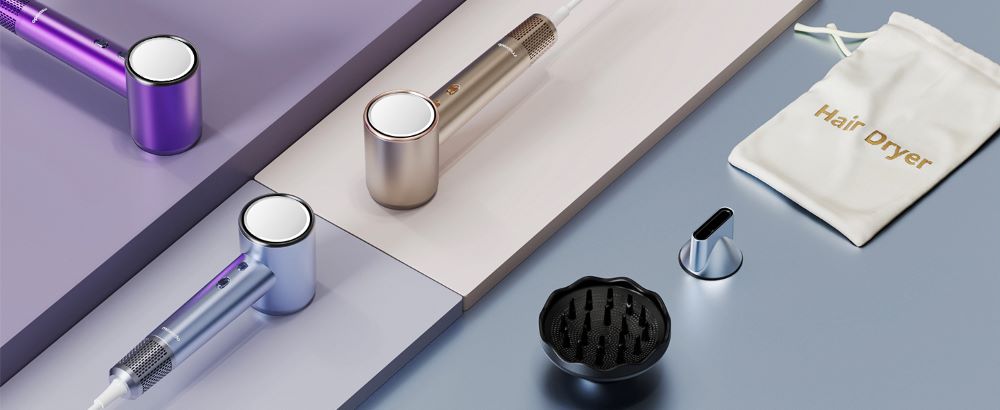
The Benefits of Using a Hair Dryer with a Diffuser
